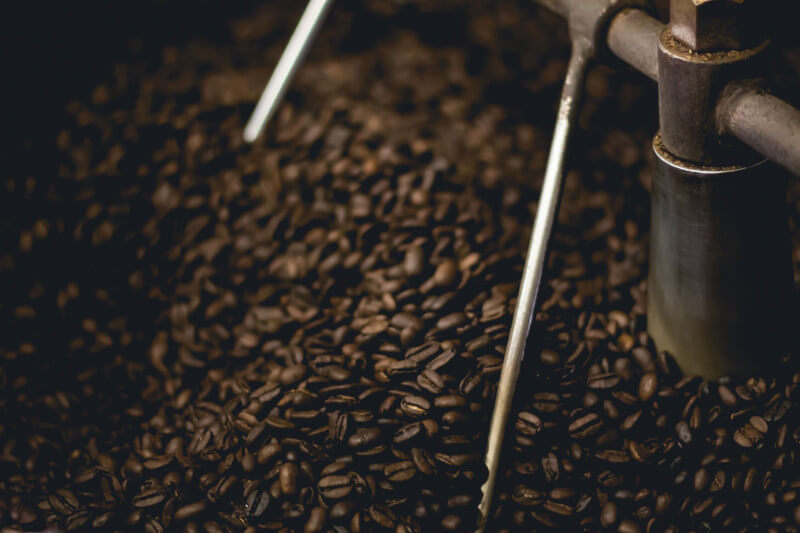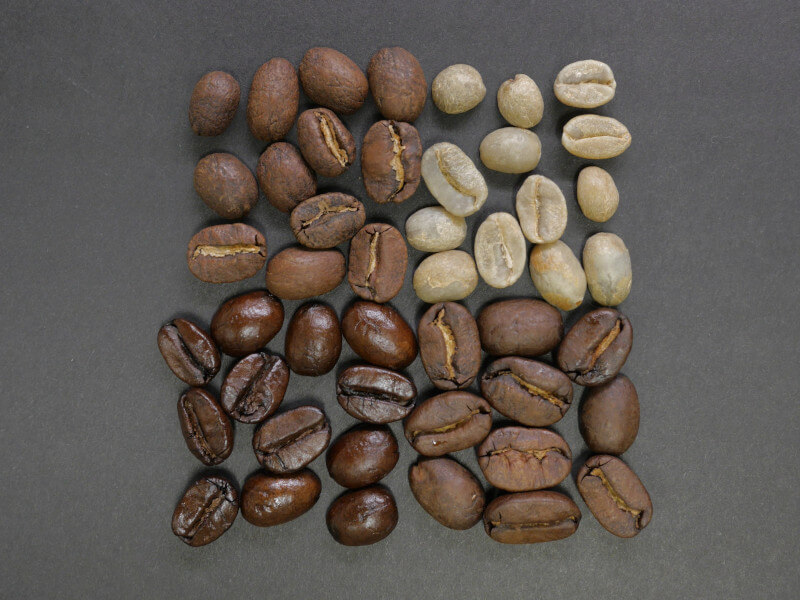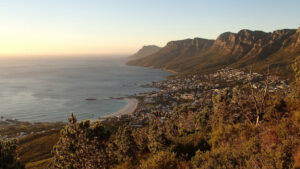To uproot one’s life and relocate to a new country is a significant life change.…
Since the 13th century, when people first started roasting coffee beans and consuming coffee in a manner that is strikingly similar to how it is done today, people have been drinking coffee. By the late 1800s, coffee had gained popularity all over the world, and in modern times, approximately 2.25 billion cups of coffee are consumed every single day all over the world. That’s a whole lot of coffee right there! In addition to this, PBS reports that it is the world’s second most valuable commodity that can be bought and sold legitimately.
It is impossible to deny its widespread appeal of it. In addition time, various societies and areas prepare the beverage in a variety of distinct ways, and when it comes to drinking it, people follow a wide variety of traditions and rituals. These are a few of the intriguing customs that people follow and the different ways they make their coffee.
Mexico

According to the blog run by the company that produces Solis utensils, Mexico is among the leading coffee manufacturers in the world and is responsible for producing approximately 60% of the world’s coffee. Coffee prepared in the traditional manner is known as “Cafe de Olla” and is presented in a clay pot. The coffee is darkly roasted. Extra flavoring is typically provided by the locals by means of raw brown sugar cane, cacao, and occasionally a stick of cinnamon. According to Newsweek, the beverage was first infused during the time of the Mexican Revolution, which began four years before the beginning of the First World War, with the intention of improving the disposition and mental state of the soldiers.
Italy
According to Italy Food lovers, an Italian food website, the coffee market in Italy stretches back to the 1500s and has played a significant role in the country’s way of life since that time. Coffee breaks are a staple in the Italian workday, and it’s widely acknowledged that drinking coffee is inherently a social activity. It’s a chance for coworkers, friends, and even random people to catch up, relax, and enjoy each other’s company over a warm beverage.
Typically, it is taken in the form of an espresso and is imbibed in compact glasses while the customer remains stationary in front of the bar for a few moments. Even though there are many variations of Italian coffee, customers are discouraged from ordering things like an Americano or a cappuccino because these beverages are thought to be too heavy and bad for digestion, particularly in the afternoon. However, tourists have a much better chance of getting away with it.
Finland

It’s no secret that Finns love their coffee, but their devotion to the beverage is legendary. Even a business that uses used ground coffee to create sneakers has been established in this nation. A short time ago, Finland held the title of being the country that consumes the most coffee per region in the world. However, in the year 2020, the Netherlands will overtake Finland and take the top spot. According to the Coffee and Affection blog, a survey that was carried out by Statista in that year revealed that the average annual consumption of coffee by a Finn was an astounding 17 pounds.
Coffee is consumed in Finland at an average rate of 8–9 cups per day, and this number accounts for both hot and cold brews of the beverage. The beverage is also incorporated into a variety of baked goods, confections, and recipes. This beverage is essential to the success of social get-togethers and events of any kind, and quaint coffee shops can be discovered all over the country.
In spite of the fact that the majority of coffee is consumed in the traditional manner and prepared with drip coffee makers, the Scandinavian kaffeost, in which cheese is added to coffee, is a popular choice. According to Newsweek, it is assembled by serving coffee over a portion of dried cheese, which allows the beverage to become milky as the cheese absorbs the coffee and enables it to soak.
Cuba
Burning, astringent, brisk, and brief. According to the newspaper Havana Times, this is how Cubans prefer their coffee. Before the coffee pot was created, coffee was purified with sugar using a type of sieve made from fabric. In today’s society, coffee is filtered without sugar with more advanced processes than ever before.
Cuba is an island nation with a long and illustrious history of specialty coffee. It can be found everywhere. Although Cubans are not focused on instant coffee, Cappuccinos, or black coffee, as they prefer the real stuff, “un cafecito” will almost certainly be provided to anyone visiting a friend’s house, no matter what time of day or night it is. This is the case regardless of whether the friend is awake or asleep.
Ethiopia

According to the Indian Express, Ethiopia is home to some of the world’s most elaborate coffee ceremonies. Traditional events in Ethiopia typically last a few hours and are a crucial part of the culture as well as the social activities of the country. These traditional events are directed by young women wearing traditional Ethiopian outfits.
In a nation that is the motherland of the Arabica coffee plant and that has proclaimed the drink to be its national one, the women roast coffee beans in a pan over a coal oven, crush the beans, and then mix the coffee grounds in a special clay pot called a “Jebena”. According to their custom, once the coffee has been prepared to be consumed and is able to be served, the ceremony is concluded by the youngest child bringing the first cup of coffee to the person in attendance who is the oldest.

Over more than 10 years, South Africa has been working to establish itself as among…

Both the townships of Soweto, which are included in the metropolitan area of Johannesburg and…


